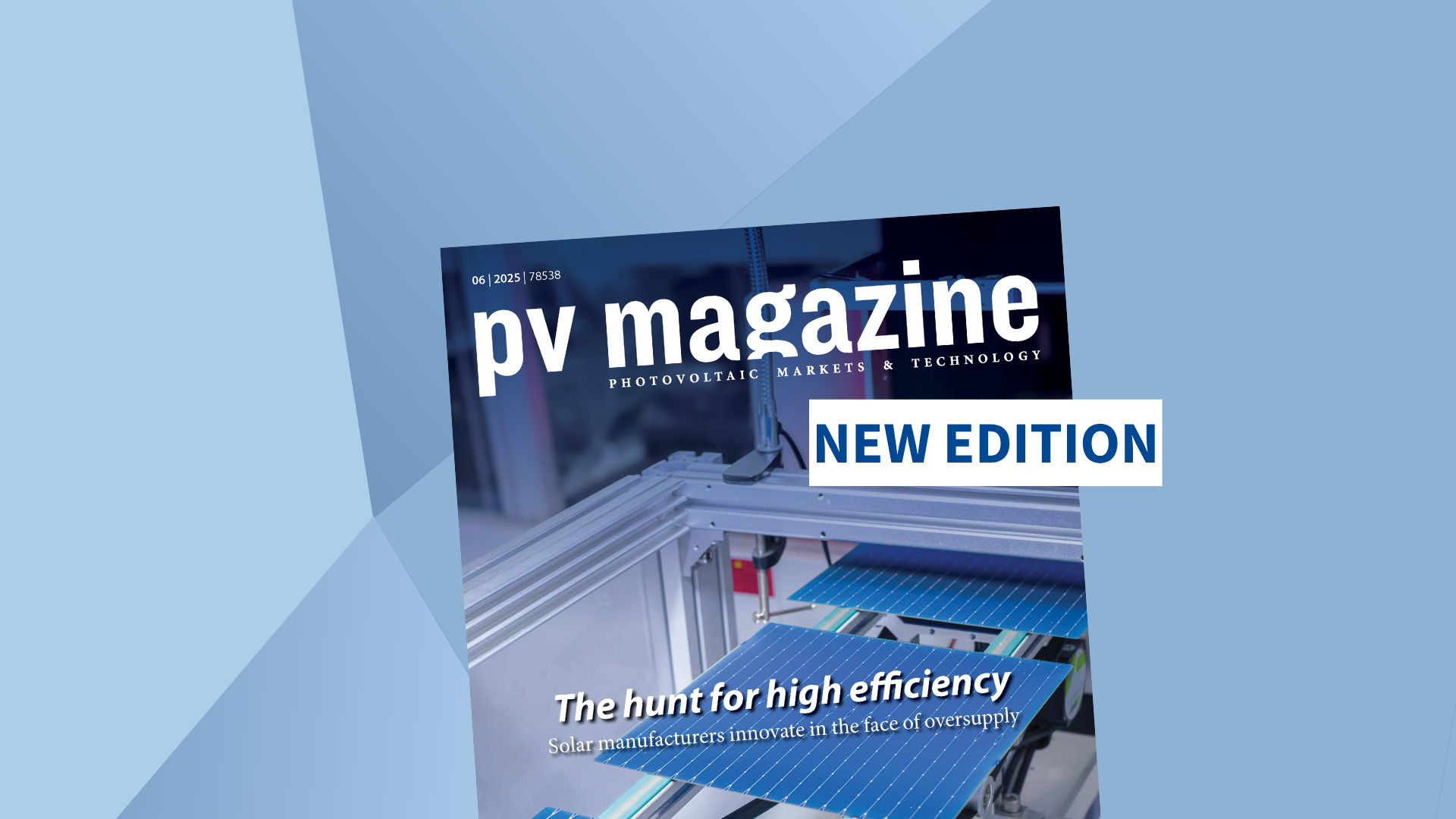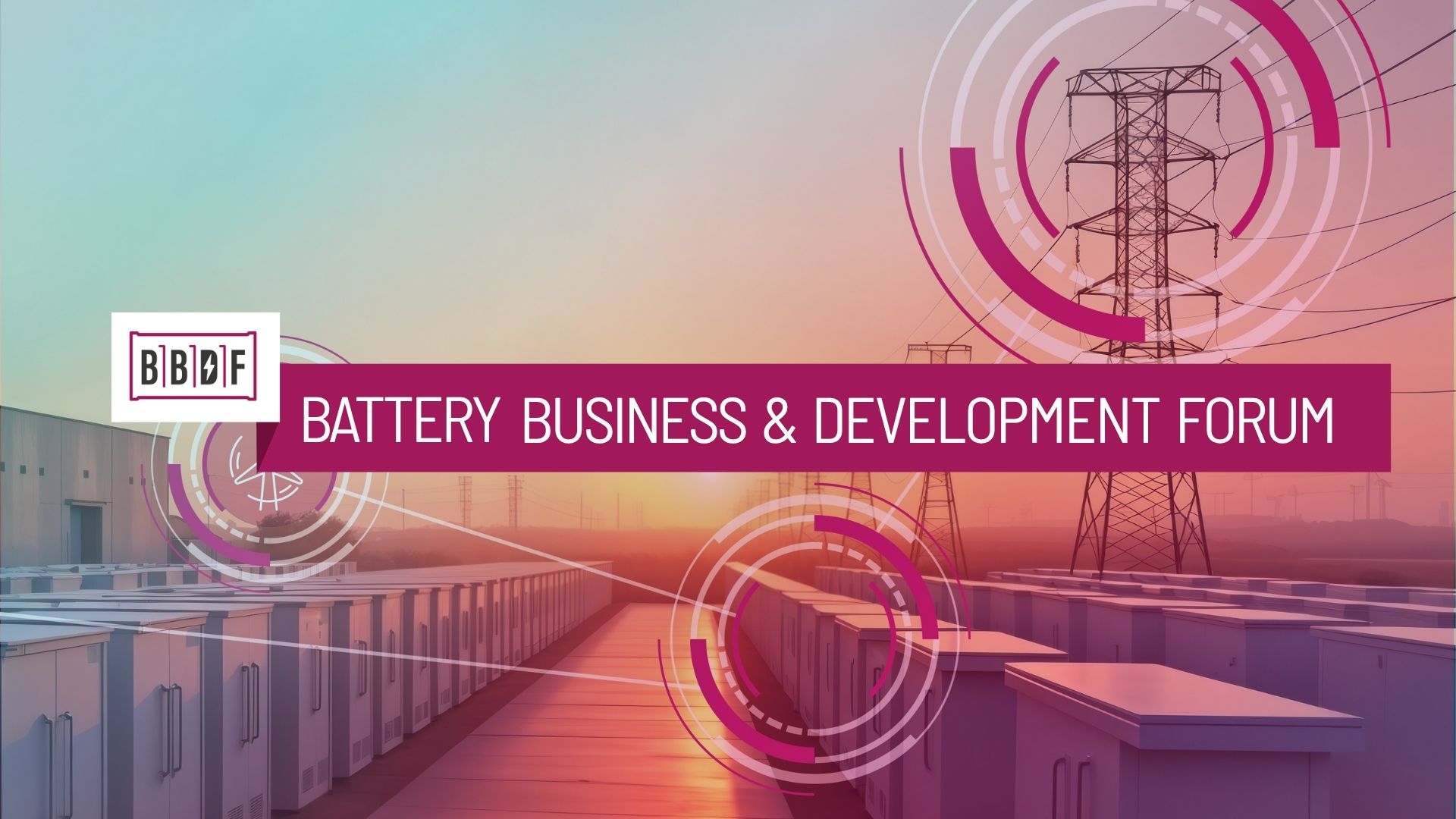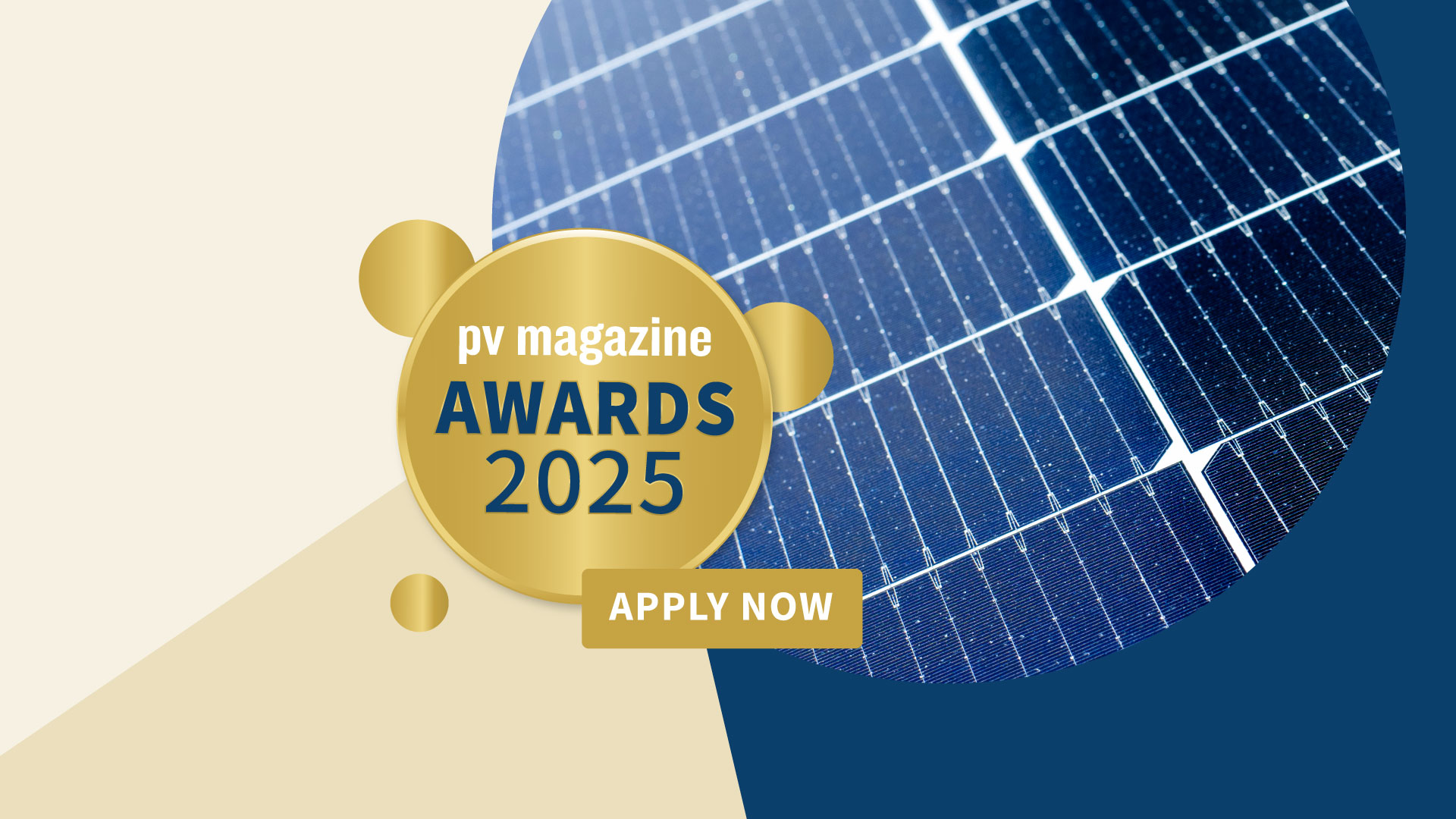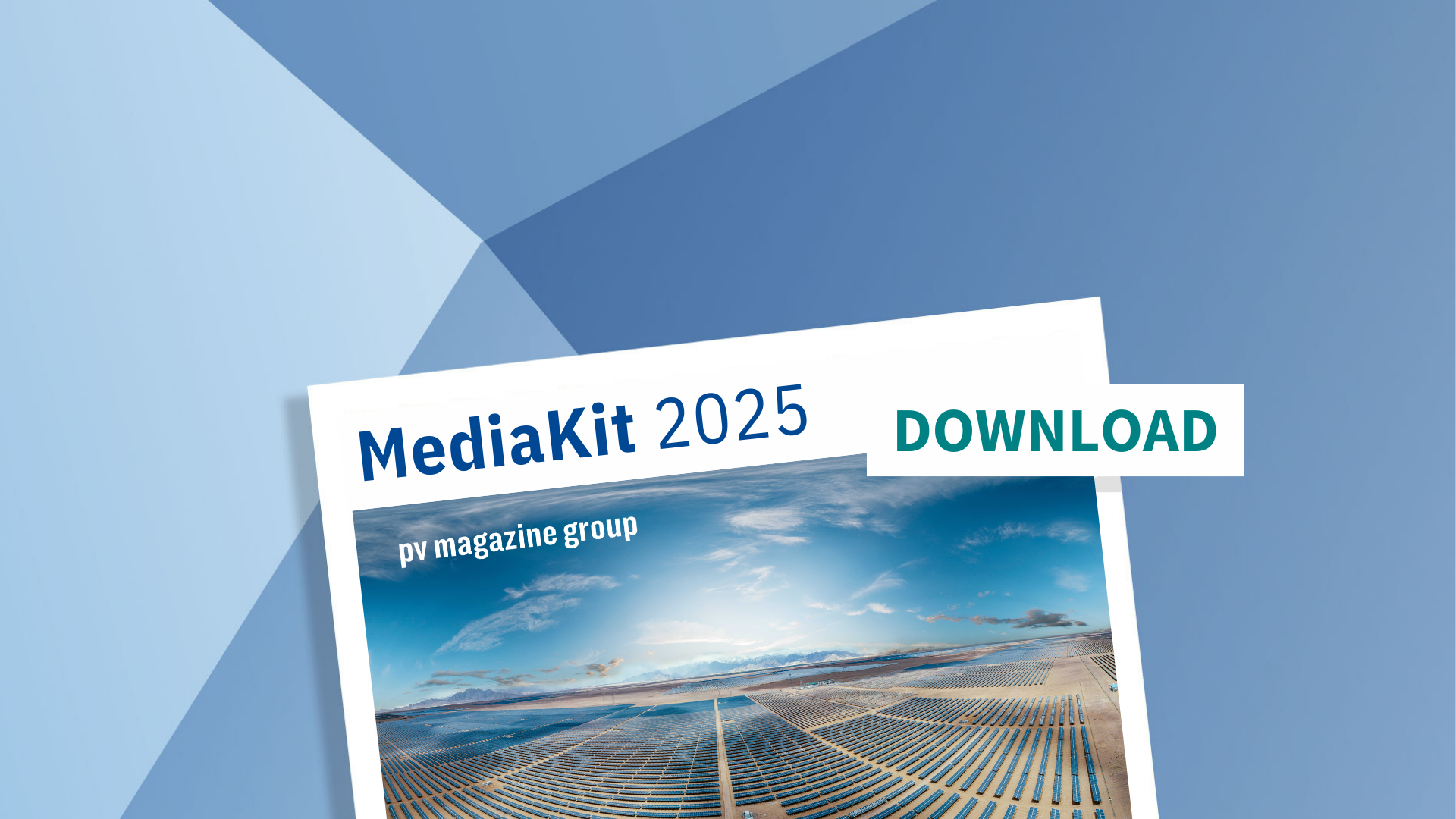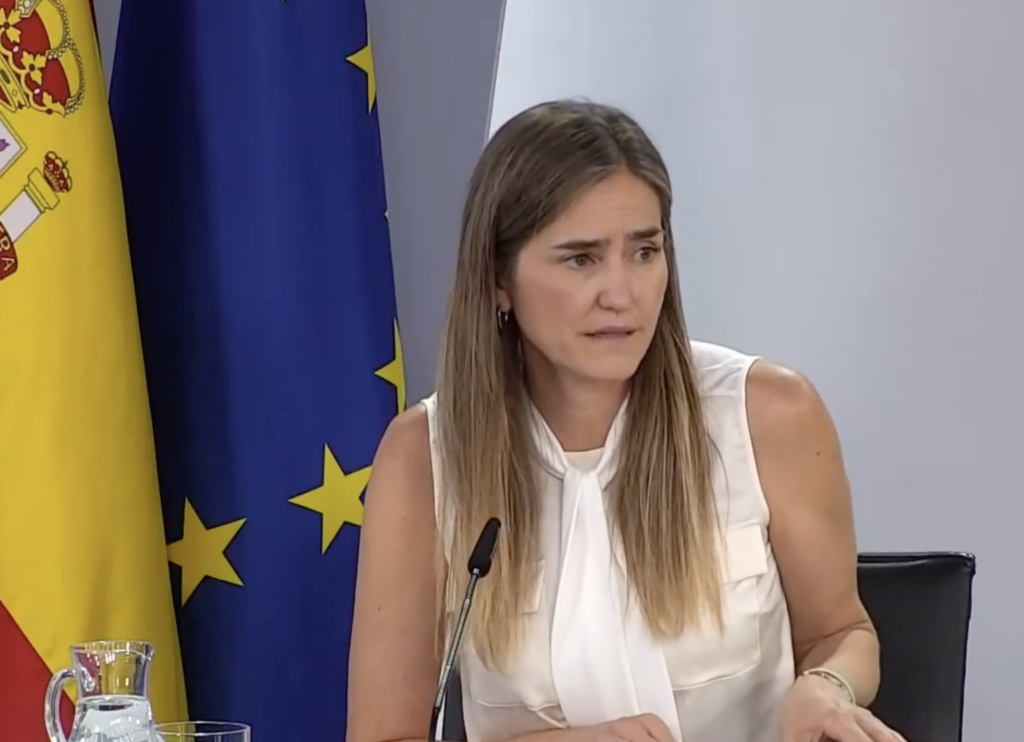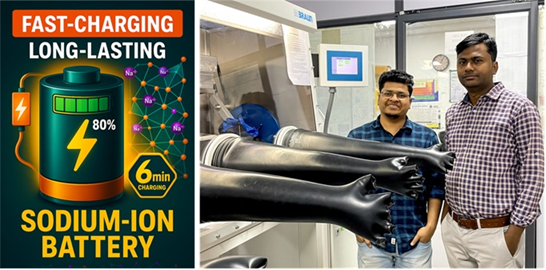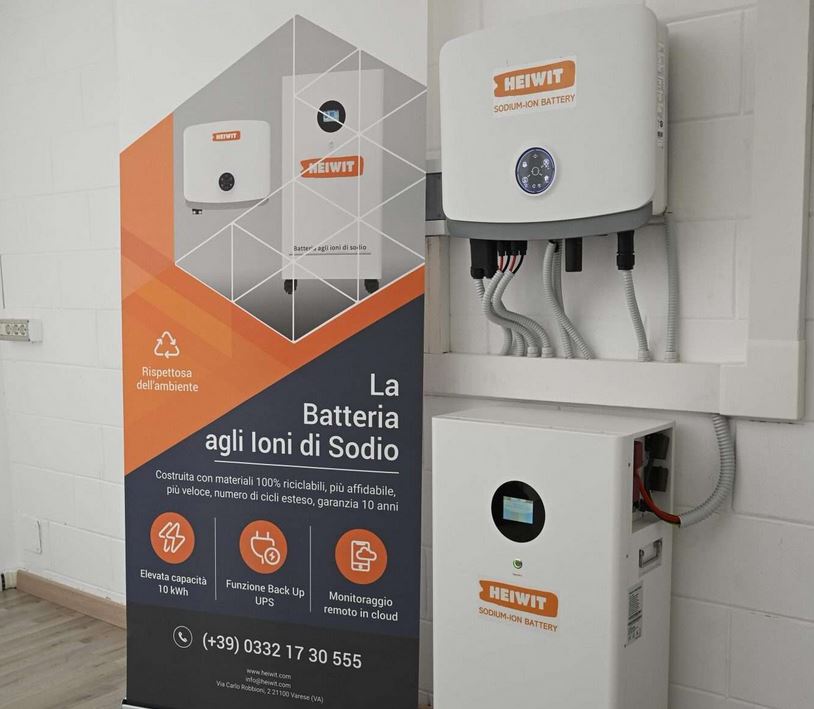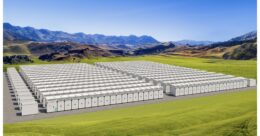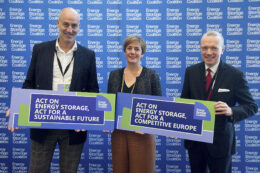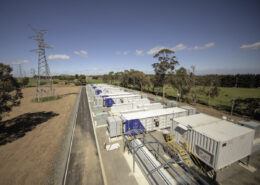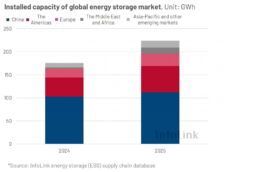Innovative energy storage auction and renewables-friendly policy put Italy front and center
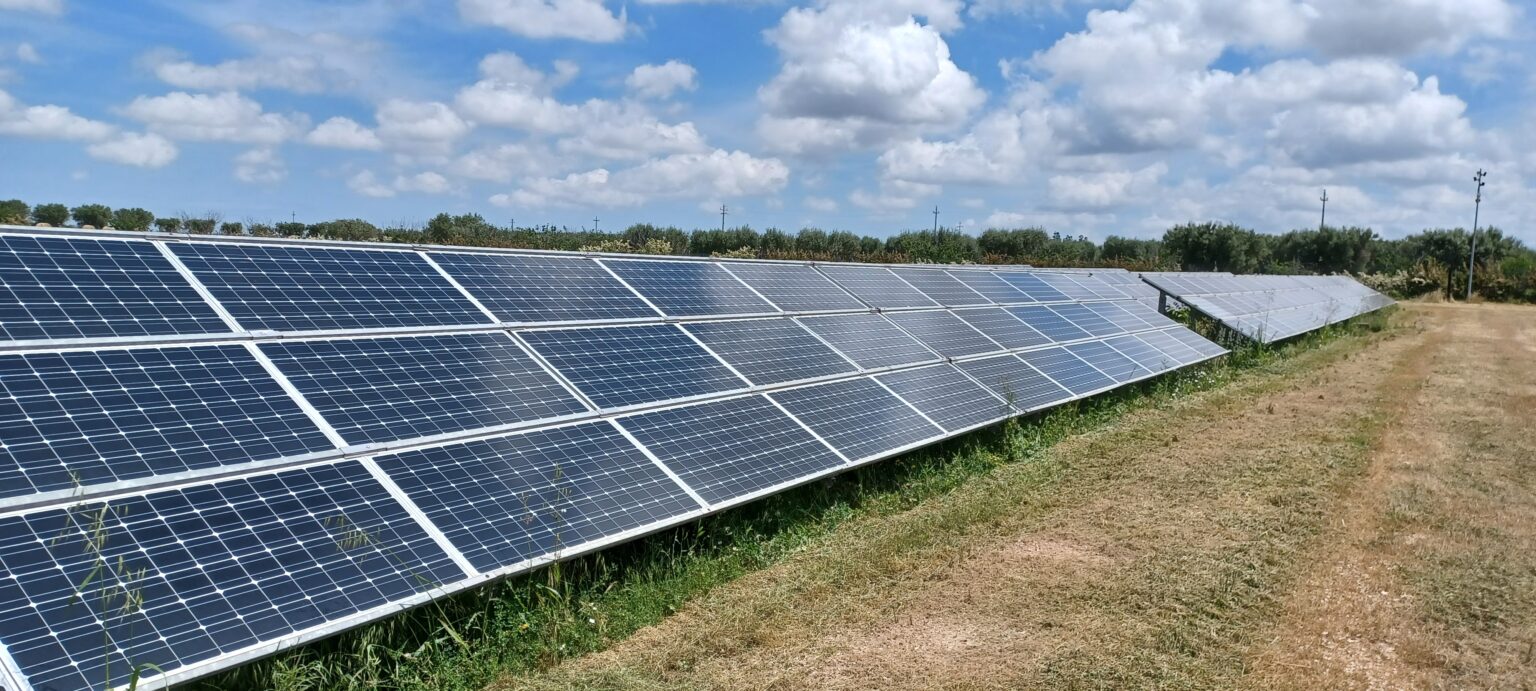
pv magazine Italia spoke to Alberto Paturzo, partner in charge of Southern Europe and Nunzia Pignataro, head of investments at London-based renewables investor Bluefield Partners LLP, to understand its strategy.
The message was that Bluefield, which has an office in Milan, is considering bidding for state support under the “Transitional FER X” decree – which runs for the rest of the year – and the FER X incentive program which will run from Jan. 1 through 2028. Both programs aim to incentivize solar, wind, hydro and sewage gas treatment plants and Bluefield is chiefly interested in support available for “repowered” sites which have their generation capacity upgraded with the installation of newer, more efficient equipment.
pv magazine: We are sensing the risk of another “stop and go” cycle, that is strong development and a sharp slowdown. Do you feel it too?

Alberto Paturzo: Certainly, after a [renewables] acceleration that began in the pre-Covid era, in recent years there have been measures and situations that are decidedly counter-trend (an agriculture decree, continuous bureaucratic delays in authorizations and also in the development of electricity networks) while a push towards nuclear technology is perceived. However, we do not see a catastrophic scenario, in recent months we have also had the TU FER (Consolidated Law on Renewable Energy Sources), the FER 1 and FER 2 [renewables incentive programs], the Transitional FER X, the MACSE [national energy storage auction], the Energy Release [2.0 law, to incentivize energy-intensive industry to use renewable energy], and the FER X is coming. Furthermore, what at first glance may seem like a weakness, namely the bureaucratic slowness, has allowed us not to “crash” as has happened in other countries where there has been a rush to build that has led to various problems (curtailment [of excess clean power], [grid] congestion, instability in market prices and cannibalization of energy prices, etc.) that in Italy at the moment are only rarely seen. It is certainly essential to achieve a certain clarity and that the various measures implemented “talk to each other.” To give an example, the [legislative] instrument of suitable areas [for renewables development] has gone through a tortuous path, culminating with the recent ruling of the TAR [Regional Administrative Court] of Lazio that partially annulled the ministerial decree on areas suitable for the installation of renewable energy plants. Even here, however, in a gray scenario, where many regions have not yet expressed themselves, a certain positivity shines through: in fact, the concept that the national suitable areas are not to be touched has passed, [which is] excellent news for [renewables] operators.
You are a company present on almost the entire value chain for photovoltaics. Are you in a position to possibly benefit from a “slowdown” in Italy, regarding project authorizations?
Nunzia Pignataro: Being present and having specialized personnel in the activities of the entire value chain of renewable assets is certainly a great advantage that allows us to seize new emerging opportunities in the sector, but also to prevent and mitigate any new risks. One of the advantages of the platform, with reference to possible slowdowns in the authorization processes, is the possibility of being able to involve specialized personnel in development to speed up the activities as much as possible, but also to carry out in-house engineering activities in parallel, avoiding further delays. Thanks to our platform model, we are used to, where possible and when appropriate, carrying out different activities on the assets at the same time (the authorization process, engineering, preparation for construction, monitoring of the same), thus speeding up the processes and benefiting from continuous communication and coordination between the different teams. Furthermore, our experience in optimization and repowering/revamping, in photovoltaic but also wind, allows us to create value even at times when the construction of new plants is slowing down.
Do you think many engineering, procurement, and construction companies (EPCs) could fail?
AP: We don’t think this is the case, as happened in the past, there are several gigawatts [of project capacity] ready to be built, indeed we see a proliferation of the same and also a certain appetite of investors to acquire the same EPCs.
What would be the role of utilities in this framework?
AP: Utilities are becoming the main players in the sector, just think that Enel, a pioneer in renewable energy, has been joined over the years by ERG, A2A, ACEA, Eni and CVA.
You said that Italy, according to many of your customers and partners, is the most interesting market in Europe? What are the factors? Energy prices? And then?

NP: Energy prices are one of the factors that make the Italian market interesting for investors but not the only one. Another factor is certainly the regulatory framework that in recent years has created optimal conditions to attract investors, with incentives for all renewables and an innovative incentive system for BESS plants (the MACSE). Furthermore, another factor that makes Italy an interesting market is the presence of professionals in the sector such as developers, engineering companies and EPC contractors of high quality and with many years of experience, which guarantees a good quality of assets in the Italian territory. In addition, the Italian solar market is still fragmented, with many operators and assets, which favors the continuation of M&A [merger and acquisition] activity in the sector to reach a more consolidated market. Finally, Italian banks have always had, and continue to have a strong appetite for this sector.
And what about Spain? What do you feel? Are many investors leaving?
AP: Spain has been the scene of a great deal of interest and development of initiatives in market parity in the last six to seven years. It was the first European country to experiment with parity between the cost of energy produced from photovoltaic sources and the selling price of the energy itself. This situation has led to a concentration of development initiatives in very rapid times that has not allowed the market and the electricity networks to adapt and absorb the gigawatts [of generation capacity] developed so quickly. It is another case of the so-called “boom and burst” where, on the contrary, adequate planning would have allowed development at a speed adequate to that with which the market and the networks could travel to absorb the supply of projects without consequences. From this have arisen the problems indicated previously (curtailment, [grid] congestion, instability in market prices, and cannibalization of energy prices, etc.) which have meant that Spain, after a period of boom, is strongly feeling the effects and is no longer so “appealing.”
Is this another factor that increases the attractiveness of the Italian market?
AP: As mentioned, Italy, with interesting incentive systems (the FER X, MACSE) but also with a “delay” in supply compared to demand, remains attractive. And with the spread of data centers, the electrification of transport, and, partly, heating and air conditioning, aimed at increasing demand, it is hoped that we do not arrive at the catastrophic situation that Spain is experiencing.
Do you have objectives for installed PV and BESS capacity in Italy? What is the time horizon?
AP: It depends on the outcome of the first MACSE but the goal is to install 100 MW by 2028.
What about support mechanisms? What exposure do you want to have to the various mechanisms? And the unsubsidized, “merchant” part? How much will it weigh on your Italian portfolio?
NP: Our strategy in the various markets, such as in Italy, is to diversify the portfolio as much as possible and appropriate. From a geographical point of view, installed capacity, status (projects in development, ready-to-build projects, operating plants) and revenue streams. In fact, we try to create a portfolio that maintains a balance between assets that adhere to support mechanisms (including PPAs [power purchase agreements]) and incentives and assets that adhere to merchant sales. On average, we aim for a slightly greater exposure to support mechanisms and incentives than merchant sales.
How much do you want to contribute to FER X? That is, what is your business model for this mechanism?
NP: To date, our Italian portfolio includes assets incentivized by the Conto Energia [European solar incentive program] on which we are carrying out revamping and repowering activities. We are carefully evaluating the opportunity to participate in FER X for the portion of new capacity installed through repowering activities. We are doing the same for the Energy Release mechanism on which we plan to entrust part of the portfolio. Furthermore, we are in discussions with several developers for the development of new assets that would participate in FER X.
How much do you want to contribute to MACSE? That is, what is your business model for this mechanism?
AP: With our BESS development vehicle, Bluefield Storage Development Italy, we have developed a good portfolio of assets spread across Italy and we plan to participate in the first MACSE with around 100 MW with the aim of becoming a small BESS operator.
How much do you want to contribute to Energy Release? That is, what is your business model for this mechanism?
AP: As operators and energy producers, we want to contribute with a first pipeline of repowering, part of our portfolio, to this mechanism.
And for the agrivoltaic tender? Are you talking to developers? What would you like to do and how would you like to participate?
AP: We are not directly active in agrivoltaics at the moment, we are talking to a couple of local developers with the aim of a partnership.
From pv magazine Italia.

